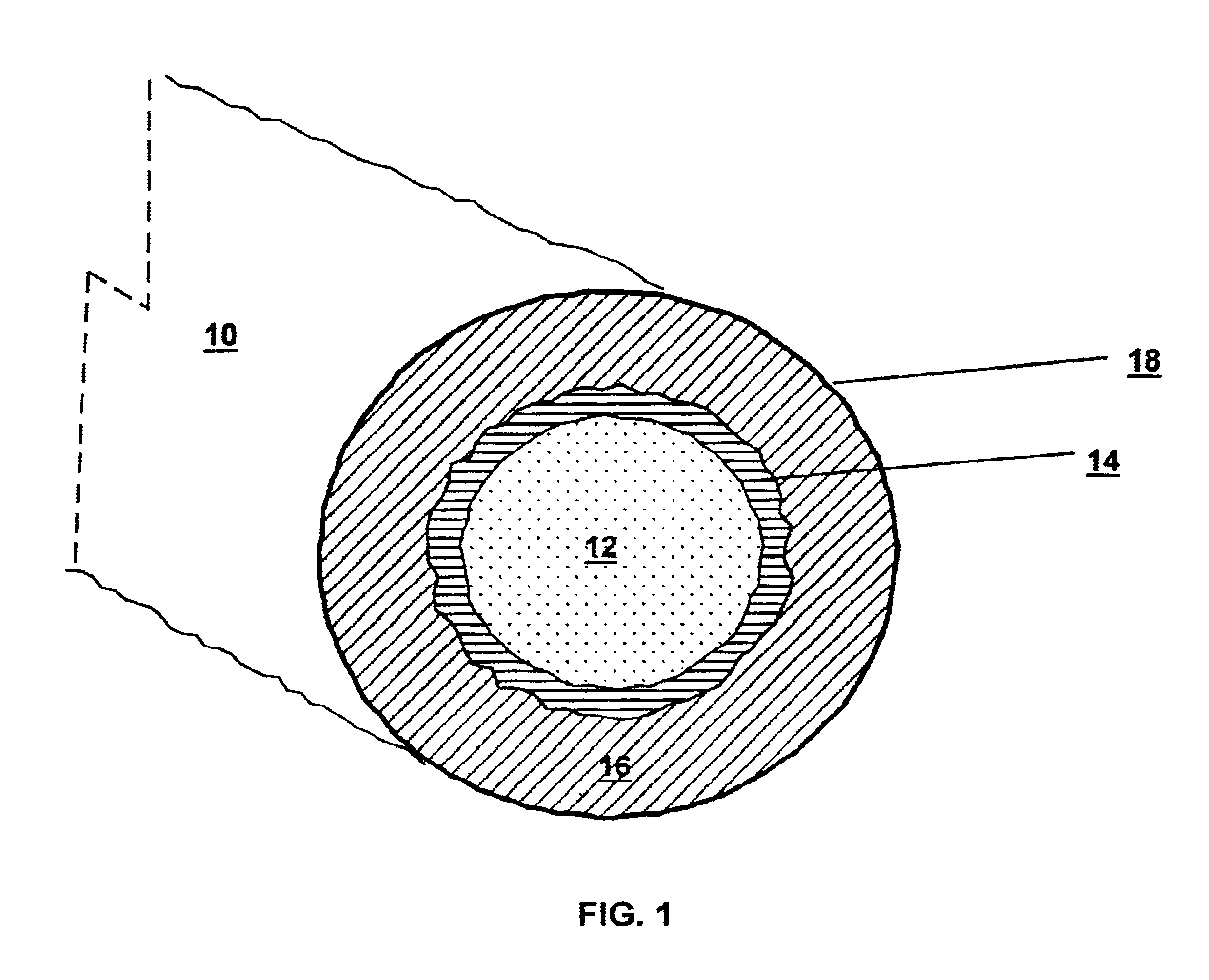Methods and devices for reducing the mineral content of a region of non-intimal vascular tissue
a non-intimal vascular tissue and mineral content technology, applied in the field of vascular anastomosis, can solve the problems of calcification of the anastomosis site, rigid vascular tissue at the site, and difficult manipulation of vascular tissu
- Summary
- Abstract
- Description
- Claims
- Application Information
AI Technical Summary
Benefits of technology
Problems solved by technology
Method used
Image
Examples
Embodiment Construction
Methods and devices are provided for reducing the mineral content of a region of non-intimal vascular tissue. In the subject methods, a region of non-intimal vascular in which demineralization is desired is isolated such that an isolated local environment that includes the target region of vascular tissue is produced. The pH of the local environment is then maintained at a subphysiologic level for a period of time sufficient for the desired amount of demineralization to occur. The devices of the subject invention are characterized by being capable of producing a substantially isolated local environment in situ that includes a region of vascular tissue, i.e. where the vascular tissue is still connected to the host. Also provided by the subject invention are systems and kits for practicing the subject methods.
Before the subject invention is described further, it is to be understood that the invention is not limited to the particular embodiments of the invention described below, as var...
PUM
 Login to View More
Login to View More Abstract
Description
Claims
Application Information
 Login to View More
Login to View More - R&D
- Intellectual Property
- Life Sciences
- Materials
- Tech Scout
- Unparalleled Data Quality
- Higher Quality Content
- 60% Fewer Hallucinations
Browse by: Latest US Patents, China's latest patents, Technical Efficacy Thesaurus, Application Domain, Technology Topic, Popular Technical Reports.
© 2025 PatSnap. All rights reserved.Legal|Privacy policy|Modern Slavery Act Transparency Statement|Sitemap|About US| Contact US: help@patsnap.com



